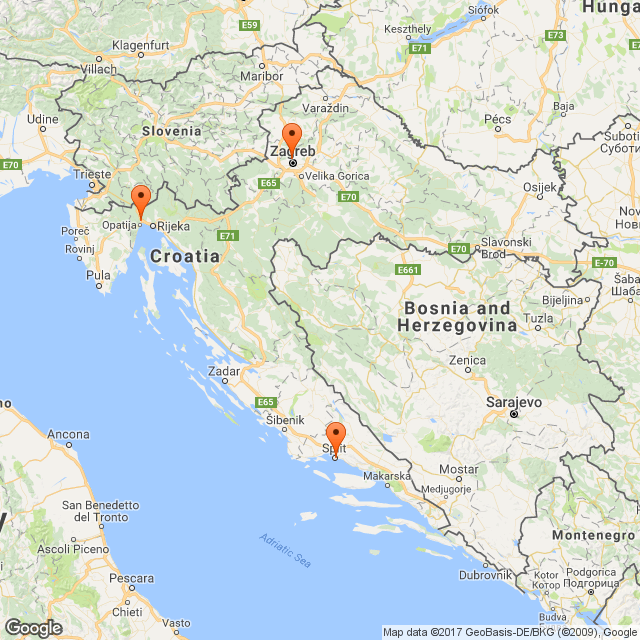Anatomy

Anatomy
The shoulder is the most movable joint in the body. Functionally, it consists of several joints, but the shoulder in a narrower sense, is a joint between the upper arm bone (humerus) and the shoulder blade (scapula). Its explicit mobility is enabled by the disproportion in the size of the joint parts. The head of the humerus is much larger than the articular surface of the scapula (glenoid). This makes the joint both very mobile and very instable. The stability of the shoulder is increased by several structures.
Around the articular surface of the shoulder blade and the glenoid, there is the joint rim (labrum). It is a fibrocartilaginous structure that is marginally attached to the glenoid that increases joint congruency. There are ligaments that connect the scapula with the humerus to contribute to its stability. Muscles are active stabilizers of the shoulder. The most important muscles of the shoulder are the muscles of the rotator cuff. These are the four muscles (subscapularis, supraspinatus, infraspinatus, teres minor) that connect the shoulder blade and upper arm bone. They have an important role in movements and in the stability of the joint. Above them is the deltoid muscle. It also has an extraordinary important role in the function of the joint.
Between the deltoid muscle and the muscles of the rotator cuff, there is a mucus bursa. Its role is to reduce friction between muscles when performing movements. It can often cause pain and problems in the shoulder in case of becoming inflamed.

